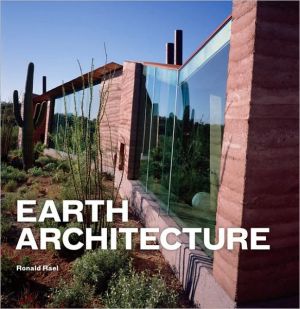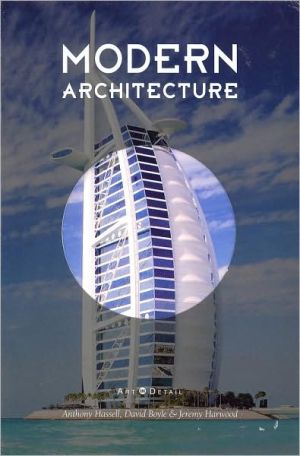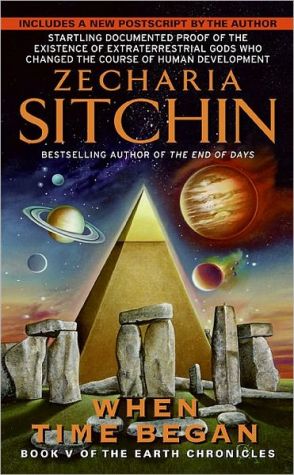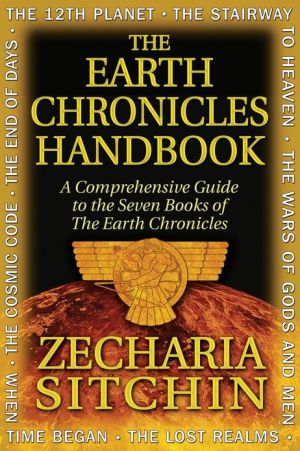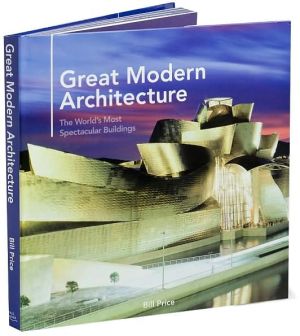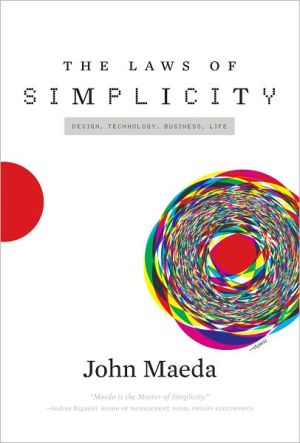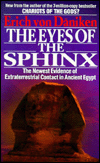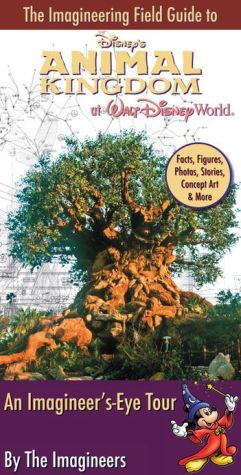Earth Architecture
Our groundbreaking survey Earth Architecture is now available in a paperback edition. Author Ronald Rael, founder of EarthArchitecture.org provides a history of building with earth in the modern era, focusing particularly on projects constructed in the last few decades that use rammed earth, mud brick, compressed earth, cob, and several other interesting techniques. Earth Architecture presents a selection of more than forty projects that exemplify new, creative uses of the oldest building...
Search in google:
Dirt—as in clay gravel sand silt soil loam mud—is everywhere and it's free. The ground we walk on and grow crops in also just happens to be the most widely used building material on the planet. Civilizations throughout time have used it to create stable warm low-impact structures. The world's first skyscrapers were built of mud brick. Paul Revere Chairman Mao and Ronald Reagan all lived in earth houses at various points in their lives and several of the buildings housing Donald Judd's priceless collection at the Chinati Foundation in Marfa Texas are made of mud brick. Currently it is estimated that one half of the world's population—approximately three billion people on six continents—lives or works in buildings constructed of earth. And while the vast legacy of traditional and vernacular earthen construction has been widely discussed little attention has been paid to the contemporary tradition of earth architecture. Author Ronald Rael founder of Eartharchitecture.org provides a history of building with earth in the modern era focusing particularly on projects constructed in the last few decades that use rammed earth mud brick compressed earth cob and several other interesting techniques. Earth Architecture presents a selection of more than 40 projects that exemplify new creative uses of the oldest building material on the planet. Rael's engaging narrative addresses the misconceptions associated with earth architecture. Many assume that it's only used for housing in poor rural areas—but there are examples of airports embassies hospitals museums and factories that are made of earth. It's also assumed that earth is a fragile ephemeral material while in reality some of the oldest extant buildings on the planet are made of earth. Rael also touches on many topics that pervade both architecture and popular media today such as the ecological benefits and the politics of building with earth particularly in developing nations where earth buildings are often thought of as pre-modern or backward. With engaging discussion and more than 300 images Earth Architecture showcases the beauty and simplicity of one of humankind's most evolved and sophisticated building technologies.David R. Conn - Library JournalRael (architecture, Univ. of California, Berkeley) introduces earth as a free and universal building material, still sheltering billions of people in dry parts of the world. As he points out, many significant works have been made of earth, including ancient cities and most of the Great Wall of China. Here, he presents 47 examples constructed since 1970; 13 are located in the southern United States. The profiles are divided between rammed earth, mud brick, compressed earth block, and molded earth techniques. Most of these contemporary examples have steel roofs, and their earthen walls are not always structural. Most are homes, but there are also schools and religious buildings. Rael concludes with a reference to his web site, Eartharchitecture.org, which he says provides a meeting place for traditional and modern design techniques. A valuable addition to the flow of publications on the topic; recommended for public and academic libraries, particularly in the Southwest.
Ch. 1 Rammed Earth 18Ch. 2 Mud Brick 112Ch. 3 Compressed Earth Block 156Ch. 4 Molded Earth 178Afterword: The Future 202Notes 204Design Credits 204Selected Bibliography 207Image Credits 208
\ From the PublisherA lesson in how one of the world's oldest and most popular building processes can be renewed in a high-tech age, lending its ancient beauty to architectural works of contemporary imagination. —The Globe and Mail\ \ \ \ \ Library JournalRael (architecture, Univ. of California, Berkeley) introduces earth as a free and universal building material, still sheltering billions of people in dry parts of the world. As he points out, many significant works have been made of earth, including ancient cities and most of the Great Wall of China. Here, he presents 47 examples constructed since 1970; 13 are located in the southern United States. The profiles are divided between rammed earth, mud brick, compressed earth block, and molded earth techniques. Most of these contemporary examples have steel roofs, and their earthen walls are not always structural. Most are homes, but there are also schools and religious buildings. Rael concludes with a reference to his web site, Eartharchitecture.org, which he says provides a meeting place for traditional and modern design techniques. A valuable addition to the flow of publications on the topic; recommended for public and academic libraries, particularly in the Southwest.—David R. Conn\ \
